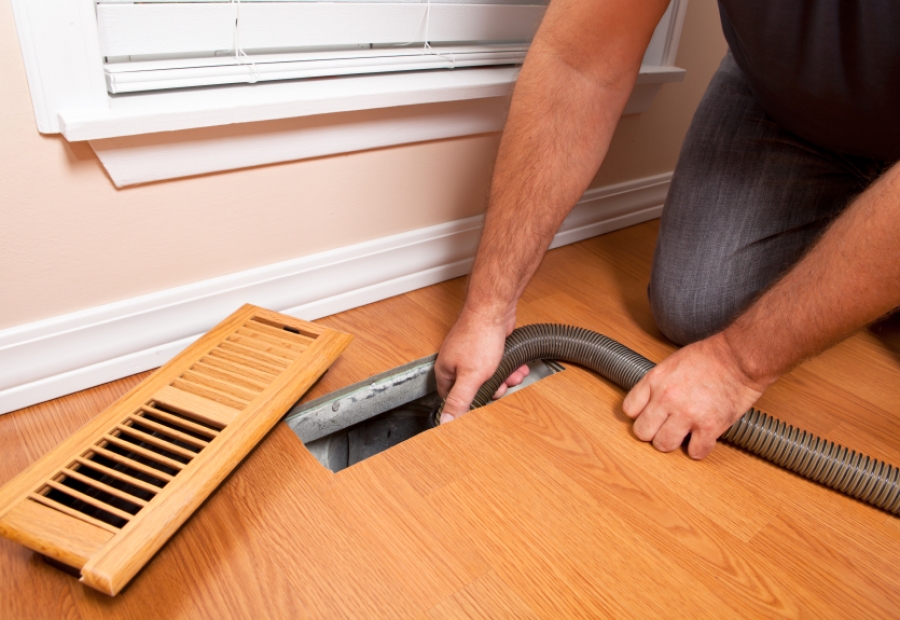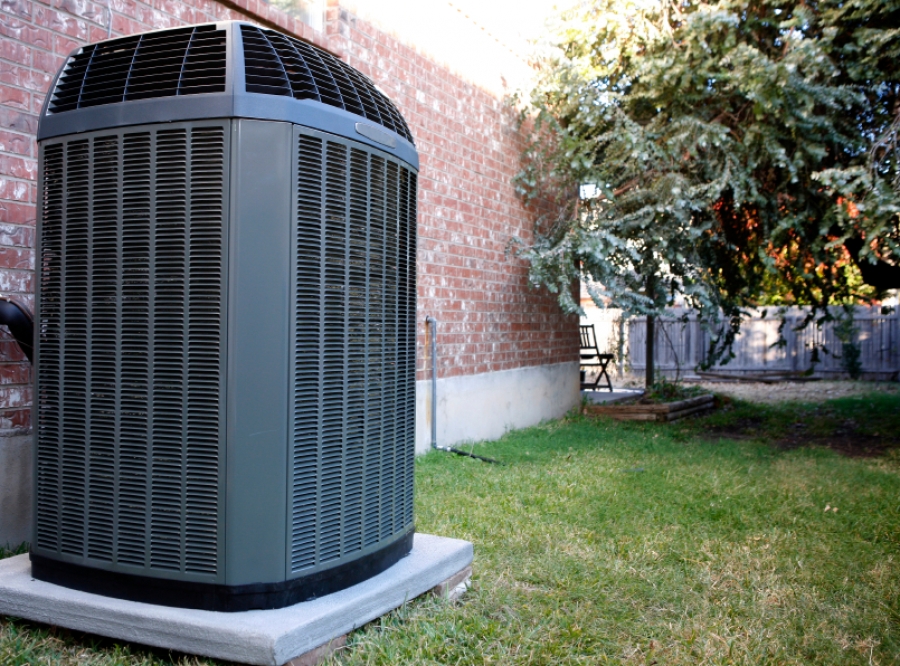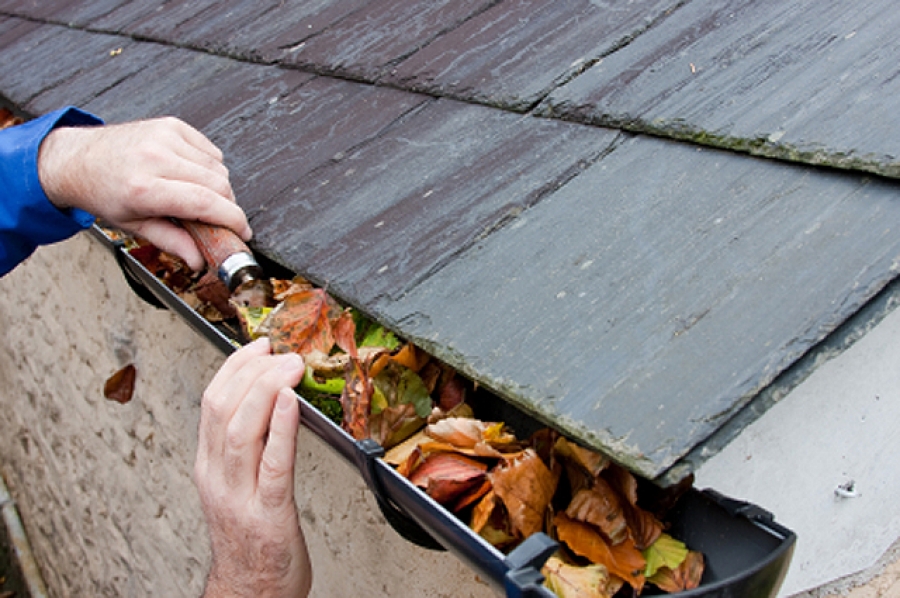Maintenance Tips: Air Duct Cleaning
How often do you need to clean your ductwork? Recommendations vary, so individual circumstances and preferences should dictate the timing of this task.
Every day we bring dirt and dust particles inside our homes from the great outdoors. We also generate dirt and dust indoors, depending on our daily activities. As the particles become airborne, they get drawn into our HVAC systems. (Our children may even drop toys, socks, or balls into them as well). As this continues over time, particles build up along the inner walls of the ductwork. Imagine what your furniture or floors would look like if you never dusted them. Cleaning up the accumulation of dirt, dust and debris inside your ductwork is common sense and part of good housekeeping.

Air duct cleaning is a process that removes the dirt, dust, and debris found inside the ductwork of an HVAC system. Several methods are used to clean air ducts.
-
Contact cleaning utilizes a conventional vacuum to clean dirt, dust, and debris from inside HVAC ductwork. The vacuum doesn't reach everywhere within ductwork, however; the area cleaned is limited by the length of the hose. Areas too far away will be inaccessible and thus not cleaned.
-
Air sweep cleaning utilizes a larger vacuum and compressed air. The compressed air separates dirt, dust, and debris from the walls of the ductwork, and the vacuum collects these airborne particles. This method is thorough but time-consuming.
-
Mechanical brush cleaning utilizes a vacuum and rotary brush. The rotary brush scrapes and loosens dirt, dust, and debris from the walls of ductwork, and the vacuum collects these airborne particles. This method is the most effective but is time-consuming.
When or how often should you have your ducts cleaned? Well, that depends on who you believe.
-
Some air duct cleaning companies suggest cleaning your ducts every two to three years.
-
The National Air Duct Cleaners Association (NADCA) suggests in their industry standard (Assessment, Cleaning, and Restoration of HVAC Systems – ACR 2006) that the air-handler should be inspected every year and ductwork every two. When these inspections show that the system has significant contamination, they recommend it be cleaned at that time.
-
The Environmental Protection Agency (EPA) suggests that duct cleaning is necessary only if any of these are present:
-
Substantial visible mold growth in ductwork or other components of the HVAC system,
-
An infestation of rodents or insects in the HVAC system,
-
Excessive dust and debris clogging the ductwork, or
-
Release of particulate matter into the home from the supply side of the HVAC system.
-
As you can tell, industry members don’t necessarily agree with one another. It’s safe to say that, at the very least, you should have your HVAC system cleaned after your home’s construction is complete; if a catastrophe occurs and water gets in the ductwork; or if you have been remodeling, creating more dust and debris than normal. Other than that, when you have your ductwork cleaned really depends on how you maintain the indoor environmental conditions of your home, the ages of the occupants, and your personal preference.
Although it is possible for you to dust the supply and return air grilles and vacuum the first few feet of ductwork at each grille with your household vacuum cleaner, hiring a professional to perform a thorough cleaning of the entire HVAC system is recommended. The cost to do so, according to Cost Helper, may be $400 – $1,000, depending on a variety of factors related to the HVAC system being cleaned. They suggest that smaller (like 1,400 square foot) homes will be on the low side of this estimate, and larger (like 3,500 square foot) homes will be on the high side of this estimate. As you look for a duct cleaner, keep in mind that some service providers may be more interested in getting into your wallet and instead of focusing on cleaning your ductwork. Finding the right service provider doesn’t start in your local newspaper advertisements: “Whole House Duct Cleaning – $59.99!” Rather, it starts by contacting the Better Business Bureau and visiting NADCA to find a NADCA member near you. Ensure that the service provider is experienced, insured, and, if relevant, licensed. Expect your service provider to perform an inspection and provide a written estimate prior to performing any services.
NADCA provides a helpful checklist that is designed to help residential consumers understand what steps a duct cleaner should be taking from the beginning to the end of the duct cleaning process.

Jeff Calcamuggio
Jeff is an Editor-at-Large for Buildipedia.com who writes and edits Featured At Home and Knowledgebase content. Prior to joining Buildipedia, Jeff's work experience included carpentry, construction documentation, specification writing, construction administration, project management, and real estate property inspection. Jeff is a member of the Construction Specifications Institute (CSI) and an educator at Columbus State Community College and enjoys challenging DIY home improvement projects.





